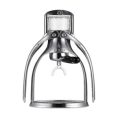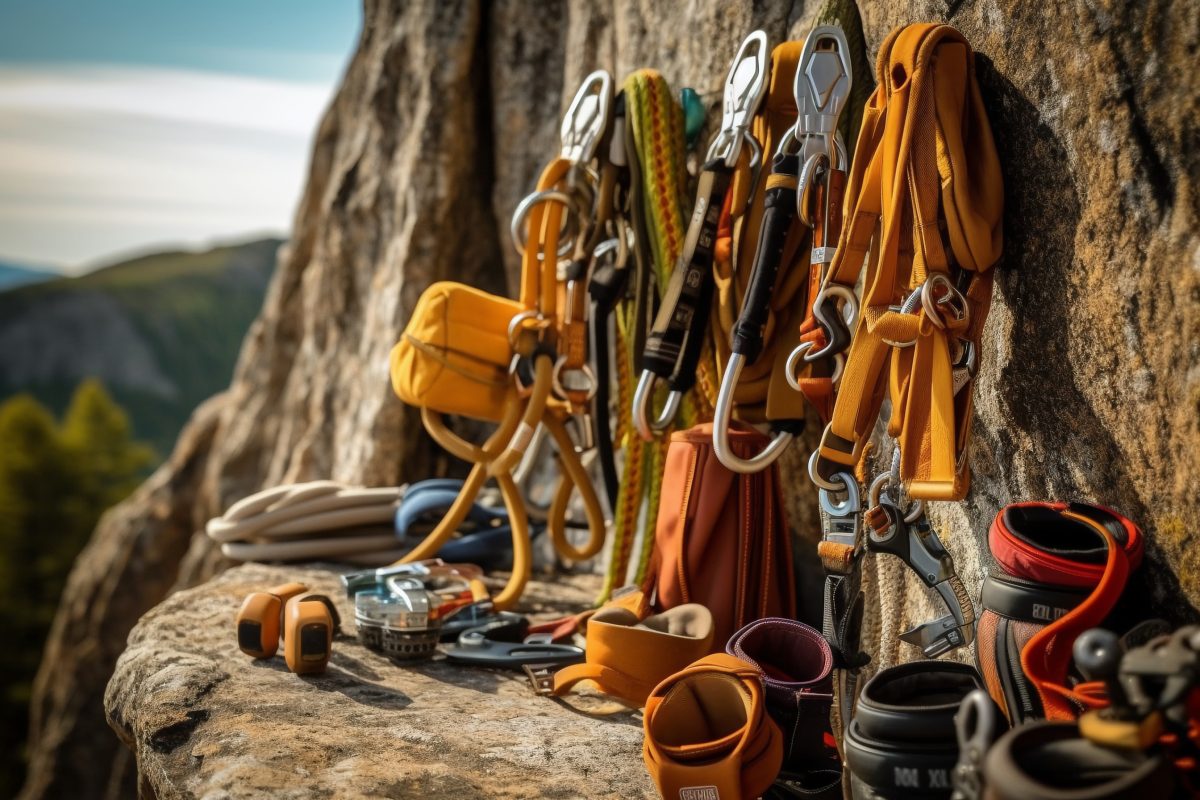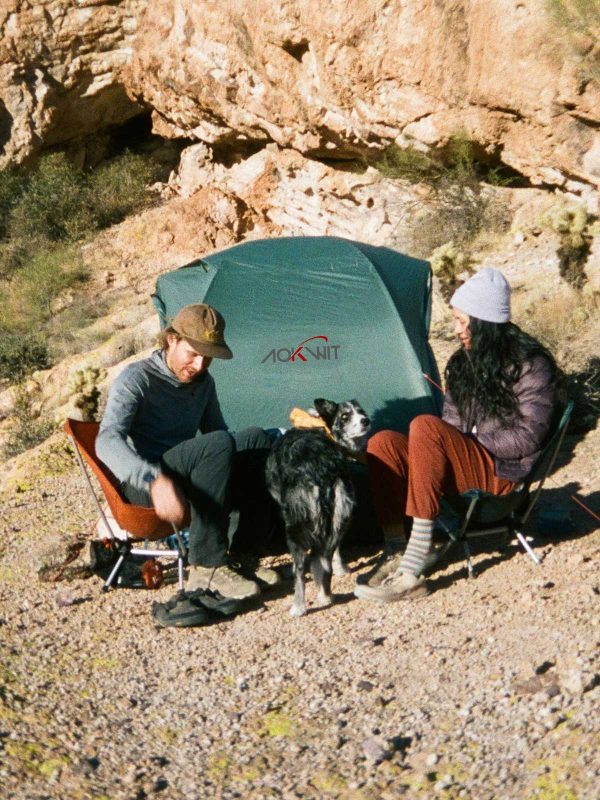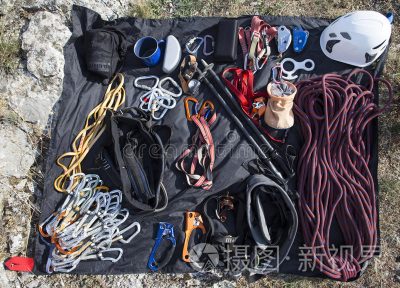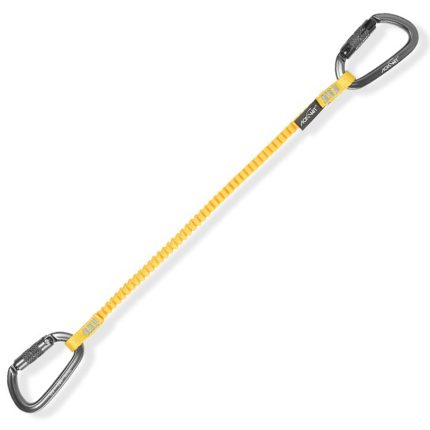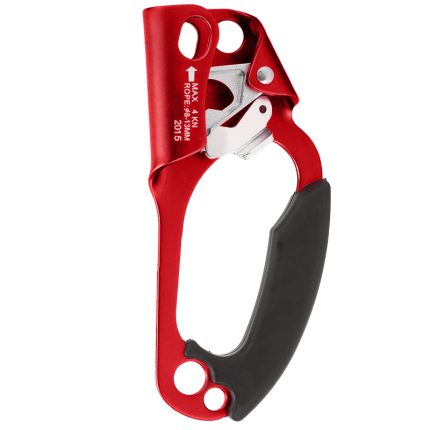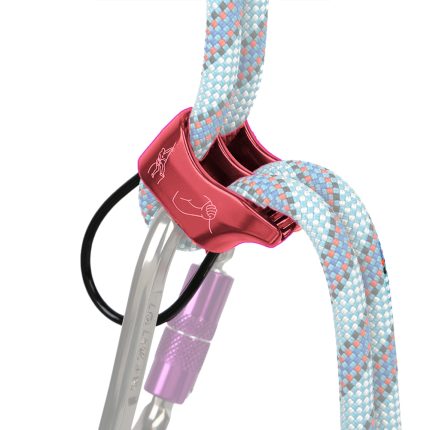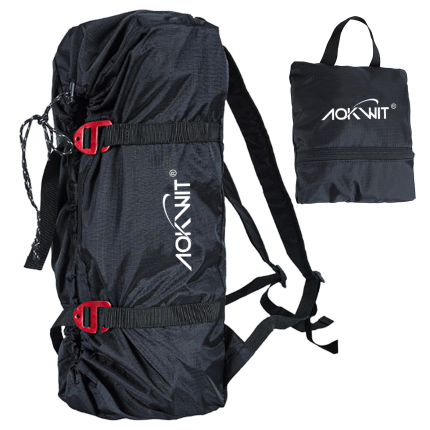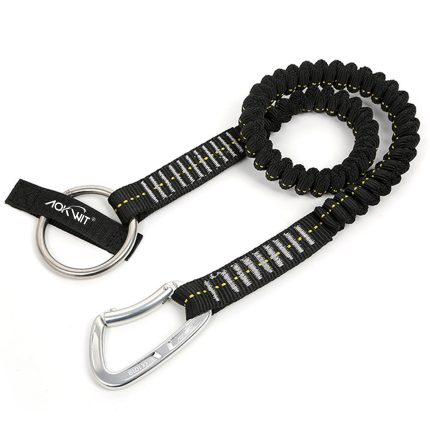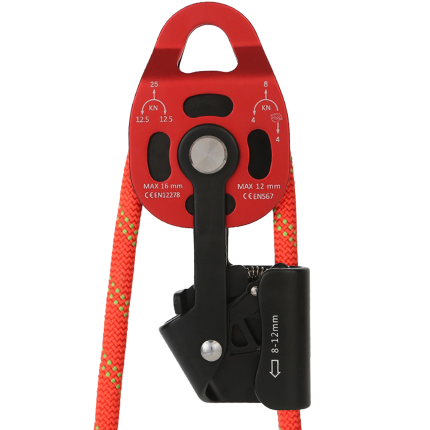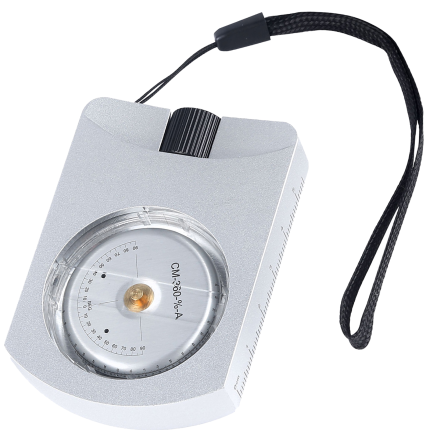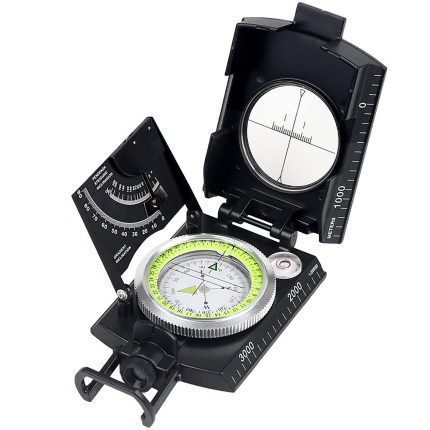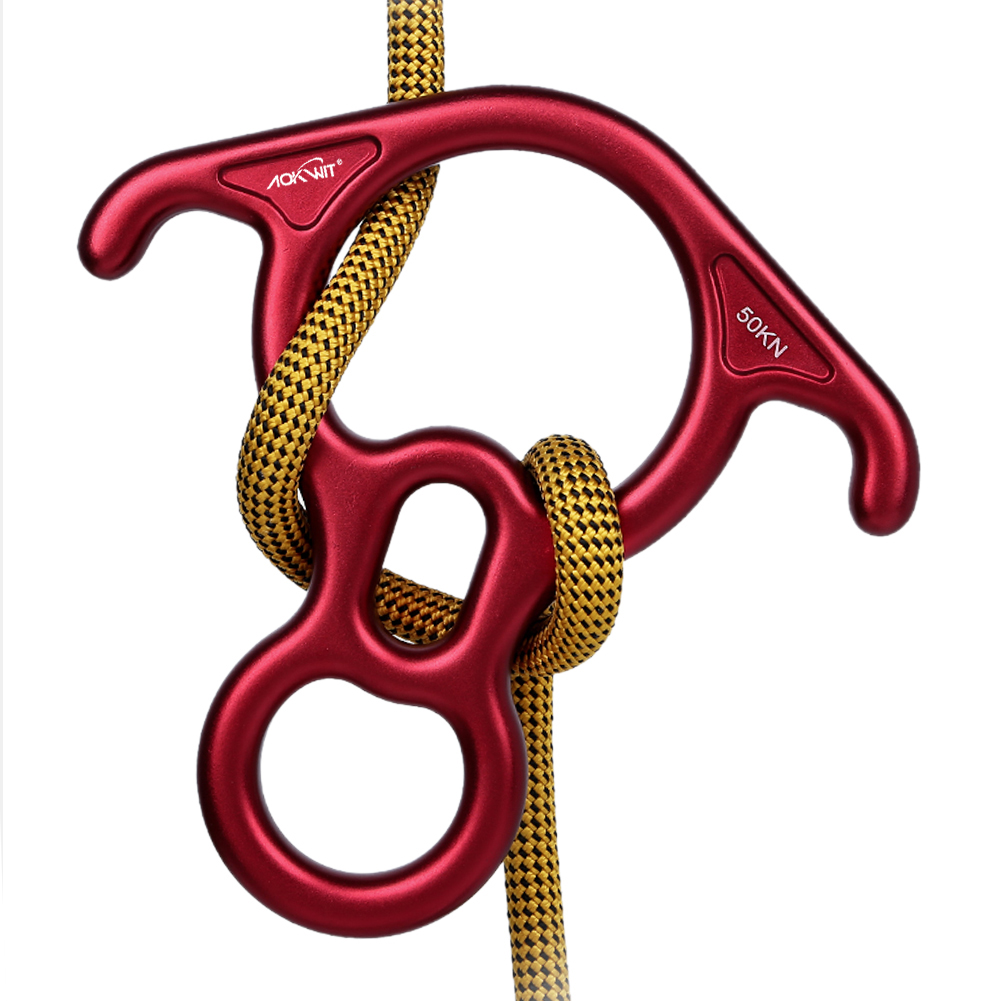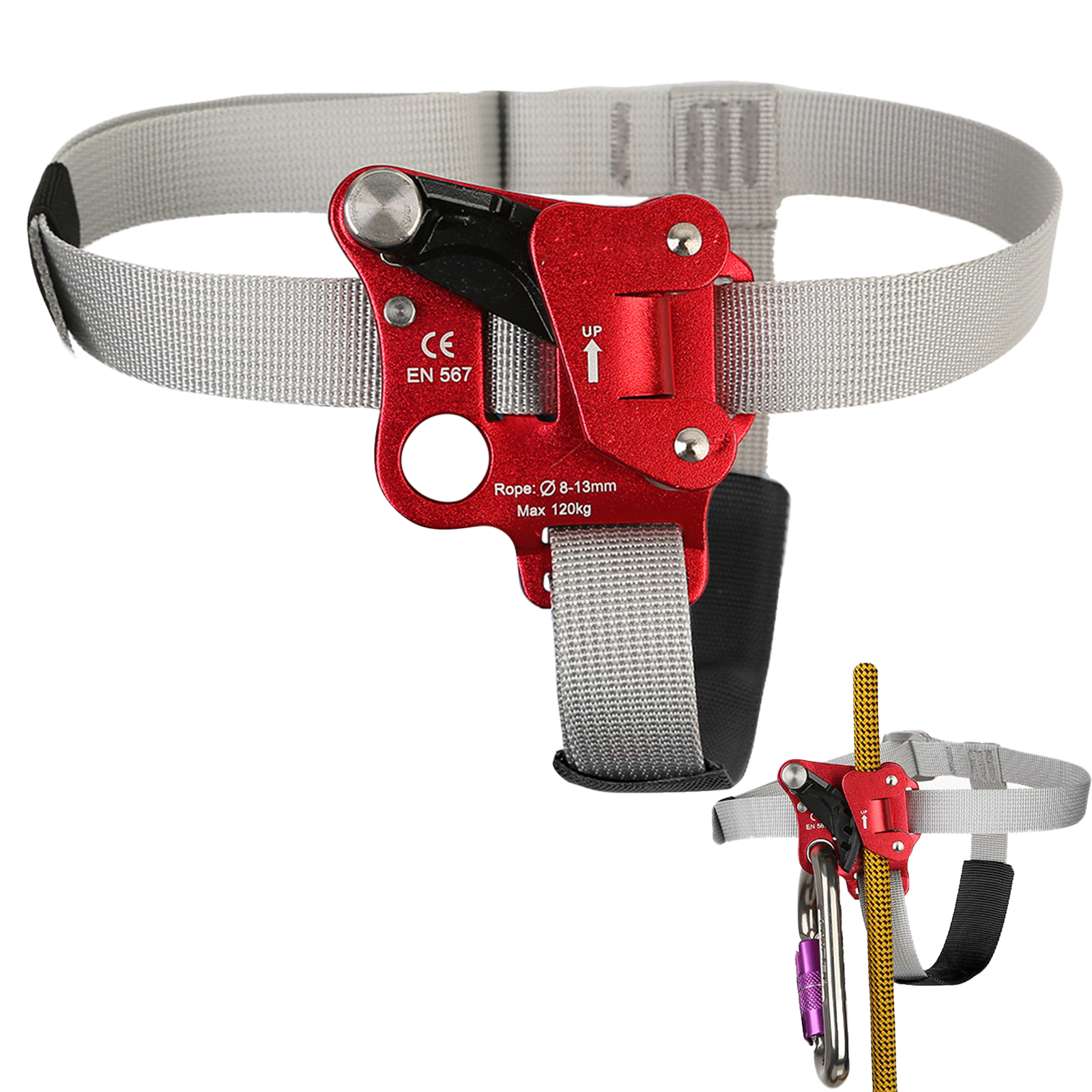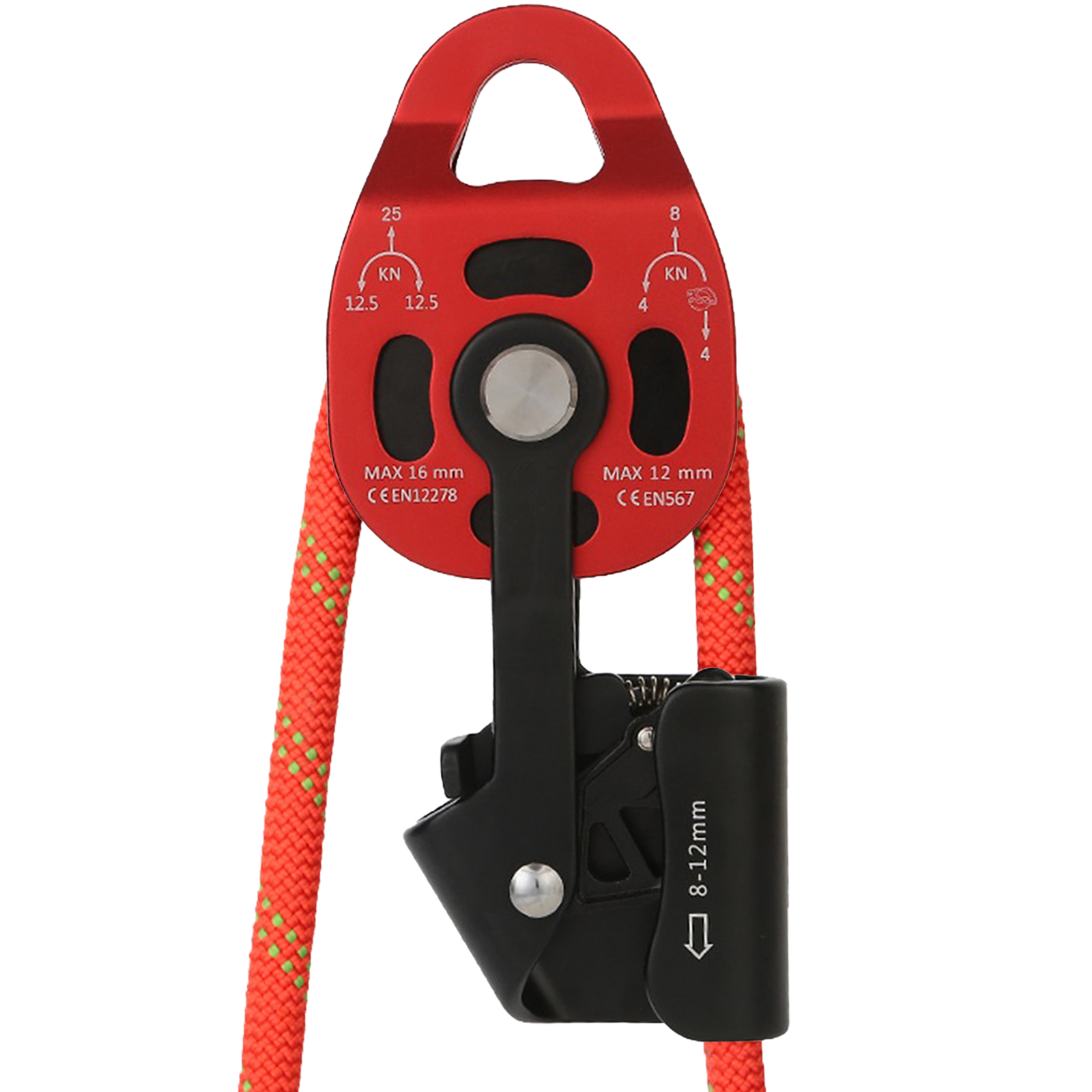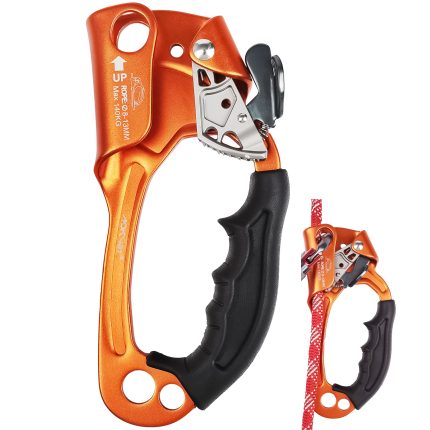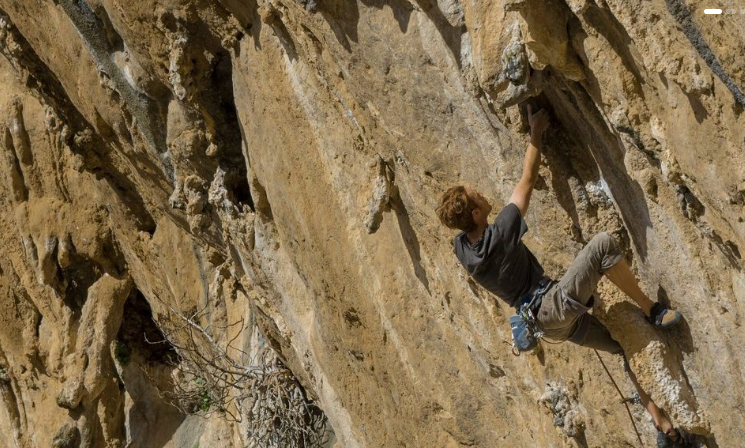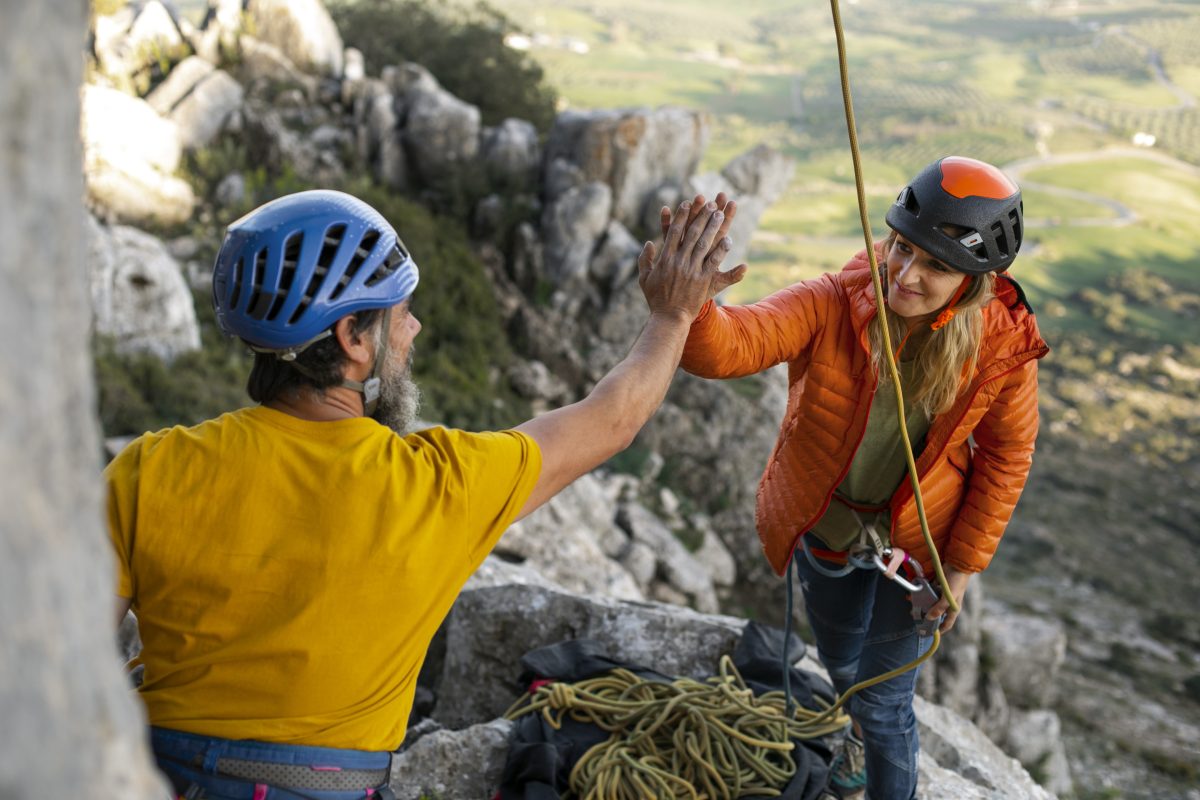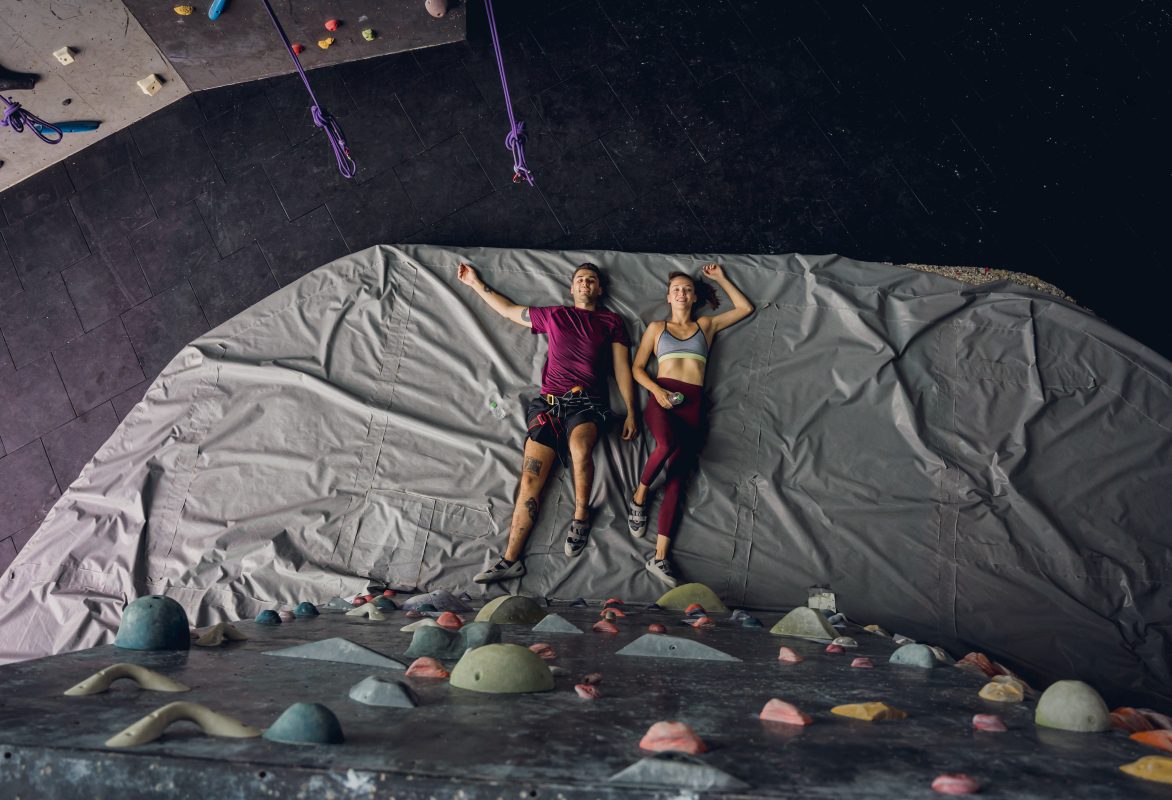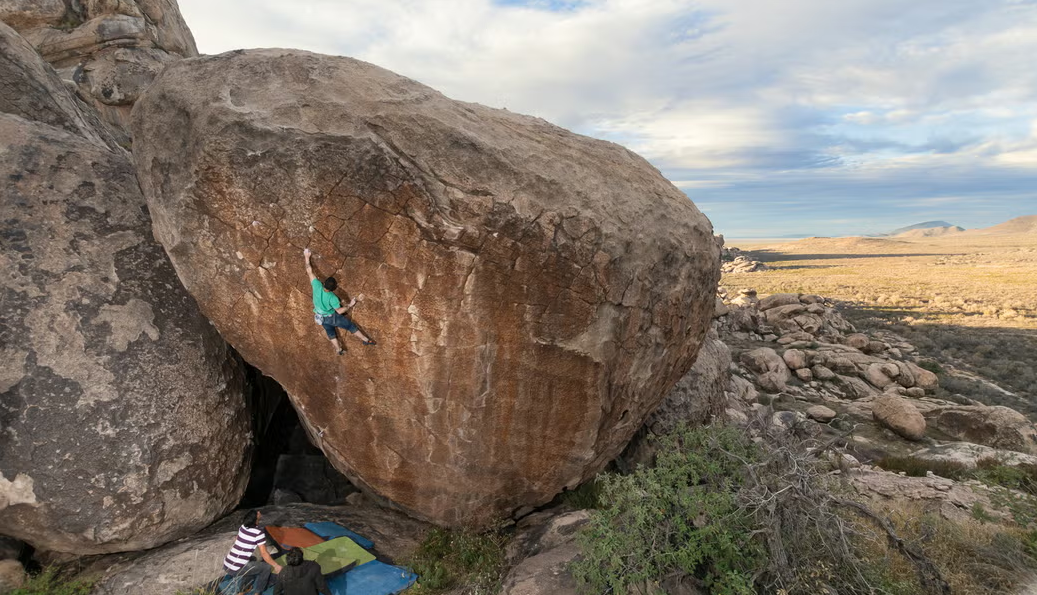“Limit Bouldering”: High-Intensity Bouldering Training

You’ve probably heard the term “limit bouldering” countless times; everyone talks about it, but few truly understand what it means, let alone how to incorporate it into their training plan.
The essence of limit bouldering lies in brief, high-intensity, all-out efforts.
If you fail without giving your absolute best, it’s not limit bouldering. The goal of this training is failure; you need to attempt problems far beyond your current ability and genuinely exert yourself to the maximum.
I. Problem Selection
Here are some guidelines for choosing suitable limit bouldering problems:
- No More Than 6 Hand Moves——The goal is to exert maximum effort, which isn’t possible on the 12th move of a grueling boulder problem.
- Dynamic Movements——We’re aiming for explosive power to develop strength, so consider big compression moves, lunges, cross-body dynos, etc. Make the movement wild and counterintuitive; avoid double-dynoing between two large holds.
- Use Appropriate Holds——Grip strength shouldn’t be the reason for failure during limit bouldering. You want to fail during the movement, not because the holds are too poor, but be careful not to use overly good holds either. A rule of thumb I use is to ensure you can hang on all the holds of the problem, but not too comfortably.
- Truly Very Difficult——If you can immediately complete 4 out of 5 moves, the problem probably isn’t hard enough. Think of the hardest problem you’ve ever almost sent but didn’t, then make your limit bouldering problem even harder. If you send it in one session, it’s far too easy. I’ve taken 5 sessions to complete some limit boulders, and even then, I felt it was too easy.
II. Session Design
Limit bouldering is likely the highest-intensity part of your plan, so sessions will be short with plenty of rest between brief attempts.
Some climbers think they haven’t worked hard unless they’re drenched in sweat, pumped out of their minds, and gasping for air.
Don’t be that climber. Here’s what a typical limit bouldering session should look like:
- 3–4 problems total, varying widely in wall angle, hold type, and movement style
- 2–3 minutes of rest between attempts, 5 minutes between problems
- Spend about 20 minutes per problem, with roughly 4–6 attempts
- Move on to the next problem when time is up—this is a training session, not a projecting session
- Give maximum effort on every attempt
III. Scheduling
Due to the high intensity, limit bouldering should only be done 1 to 2 times per week, depending on your current training focus. If you’re training for strength or endurance, once a week is enough to maintain your level. If you’re using limit bouldering to develop power, twice a week is optimal. During a strength phase, three times per week can also work well, provided sessions are slightly shorter and followed by other training.
“Remember, if you plan to do more training on the same day, prioritize limit bouldering first and ensure you‘re fully rested and recovered before each session.“
Rest 15–20 minutes before moving on to other lower-intensity training.
IV. Summary
- Frequency: 1–3 times per week, with at least 48 hours between sessions
- Intensity: 85–95%
- Volume: 3–4 problems, 4–6 attempts per problem
- Rest: 2–3 minutes between attempts, 5 minutes between problems
- Goal: Improve maximum strength and power output in a specific manner
- Equipment: Bouldering area


